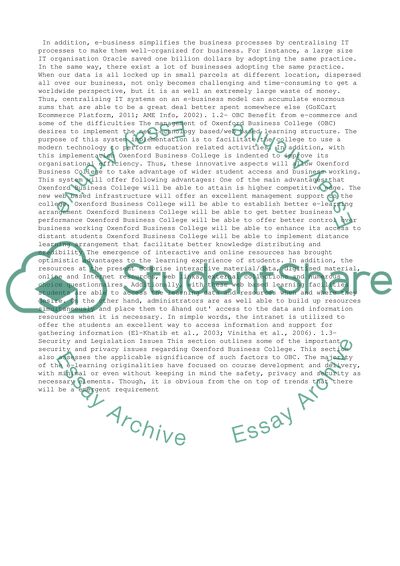Cite this document
(“E-business Models: Integrating Learning from Strategy Development Assignment”, n.d.)
Retrieved from https://studentshare.org/business/1393163-the-internet-and-e-business
Retrieved from https://studentshare.org/business/1393163-the-internet-and-e-business
(E-Business Models: Integrating Learning from Strategy Development Assignment)
https://studentshare.org/business/1393163-the-internet-and-e-business.
https://studentshare.org/business/1393163-the-internet-and-e-business.
“E-Business Models: Integrating Learning from Strategy Development Assignment”, n.d. https://studentshare.org/business/1393163-the-internet-and-e-business.


